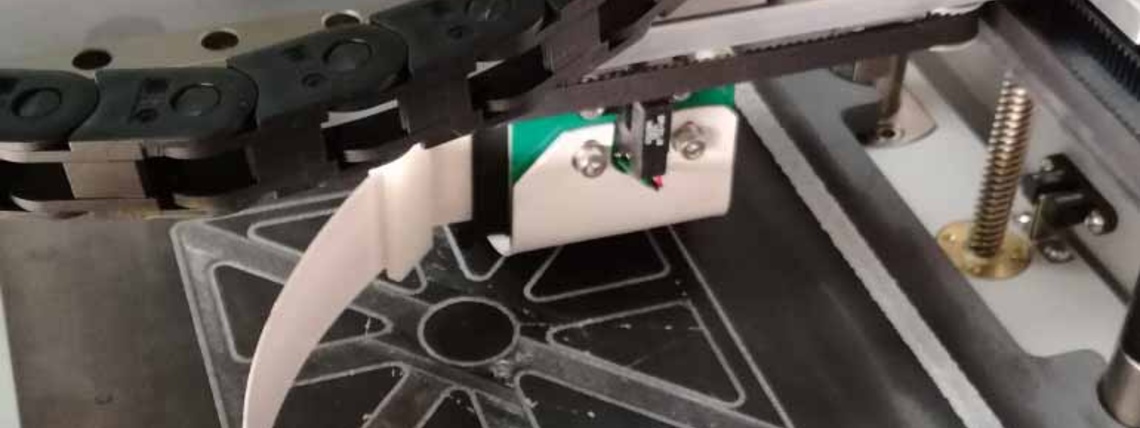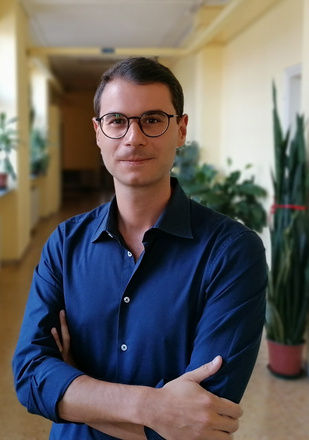The articles of the current edition are available on the new site.

 Light and resistant materials, useful for aeronautics and other industrial domains. Today a new class of composite stratified materials exists in principle. They are made up of different constituent material layers, combined through and additive manufacturing process: VAT composites, where fibers (usually carbon fibers) are placed along a curvilinear path. This could make a substantial difference in comparison with composites currently used in industrial applications allowing the characterization of lighter and more resistant materials. The industrial application of this technology is still not possible because, during the 3D printing of VAT composites, unavoidable undesired defects are produced, such as gaps, overlaps or fiber kinking.
Light and resistant materials, useful for aeronautics and other industrial domains. Today a new class of composite stratified materials exists in principle. They are made up of different constituent material layers, combined through and additive manufacturing process: VAT composites, where fibers (usually carbon fibers) are placed along a curvilinear path. This could make a substantial difference in comparison with composites currently used in industrial applications allowing the characterization of lighter and more resistant materials. The industrial application of this technology is still not possible because, during the 3D printing of VAT composites, unavoidable undesired defects are produced, such as gaps, overlaps or fiber kinking.
PRE-ECO (a new Paradigm to RE-Engineering printed COmposites) project aims at setting a radically new approach to this problem and earned Alfonso Pagani, young researchers of the Department of Mechanical and Aerospace Engineering of Politecnico di Torino, the prestigious ERC starting grant, with a funding of about 1,5 million euros for 5 years.
The project skips the traditional approach concentrating on the 3D printing processes that originates the unwanted defects, and moves from the modelling of VAT composites. The use of innovative numerical methods allows to precisely include into the model the defects occurring during the fabrication process and their propagation from the fiber scale up to the final structure. This will open new scenarios for microstructure reconstruction, structure-property predictions, and optimum design of VAT.
Aeronautic applications of this technology will produce significant advantages in environmental sustainability of flights. For example, by using VAT composites we could further reduce the fuel consumption of 3-4% with respect to last generation aircraft.t Considering the number of circulating airplanes, this would bring to a significant improvement of the environmental impact of aeronautics.
The project is highly multidisciplinary and will produce significant advances in different scientific areas such as structural mechanics, numerical calculus, artificial intelligence algorithms, 3D printing and, more generally, additive manufacturing. The project will pave the way to new applications in many fields of engineering such as aerospace, bio-engineered materials and meta-structures.
“Designing composite materials with new additive manufacturing techniques cannot ignore the use of suitable analysis and verification methods. Pre-requisites exist and are based on new theories funded on CUF and cognitive algorithms: a revolution is coming”, says Alfonso Pagani.
“I am pleased about such a result obtained by a young researcher of my university, as it demonstrates a research environment able to enhance highly innovative research ideas. Indeed, the winning project is the evolution of an idea developed by Pagani in the Adamus project, supported by the “Metti in rete la tua idea di ricerca” internal call, financed by Politecnico di Torino and Compagnia di San Paolo”, adds the Rector Guido Saracco.